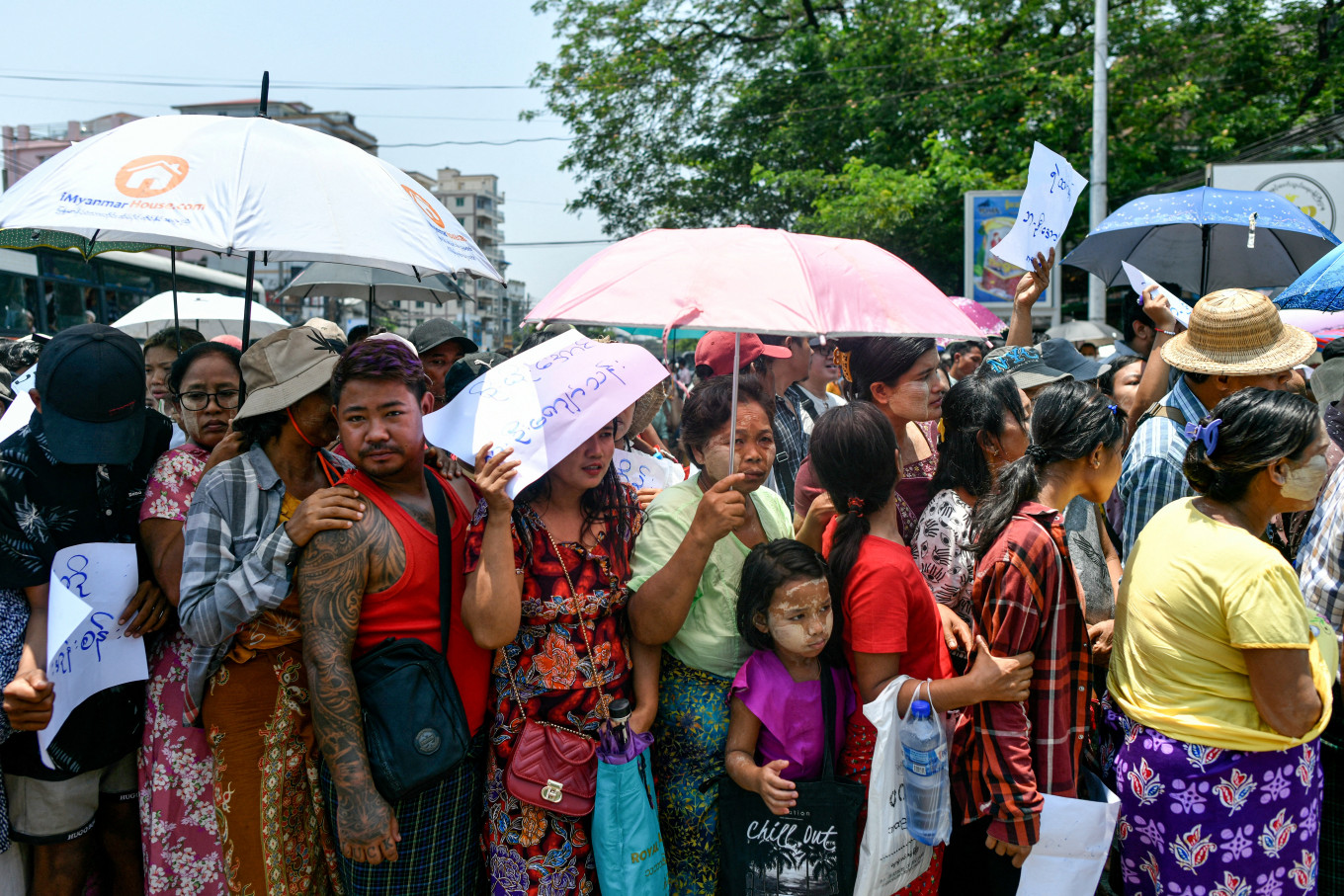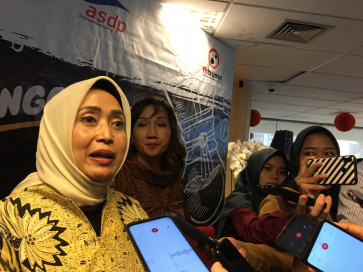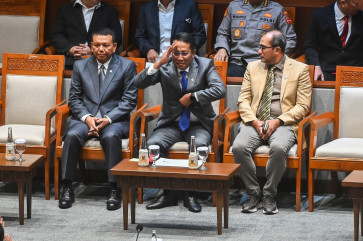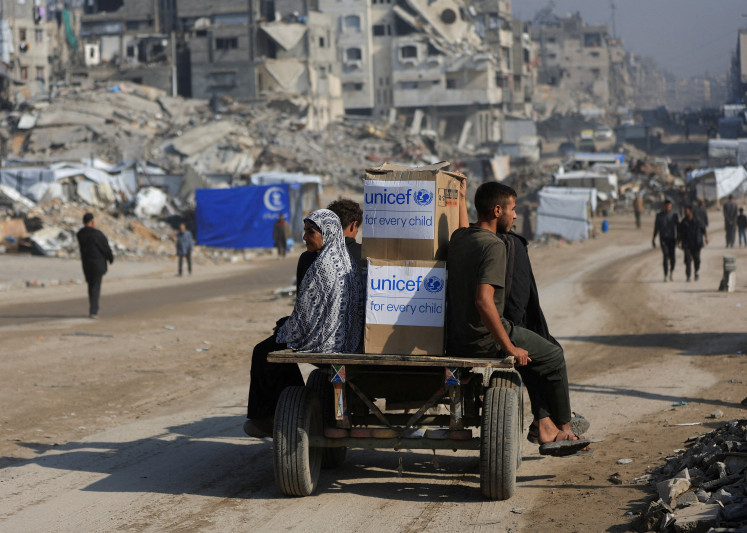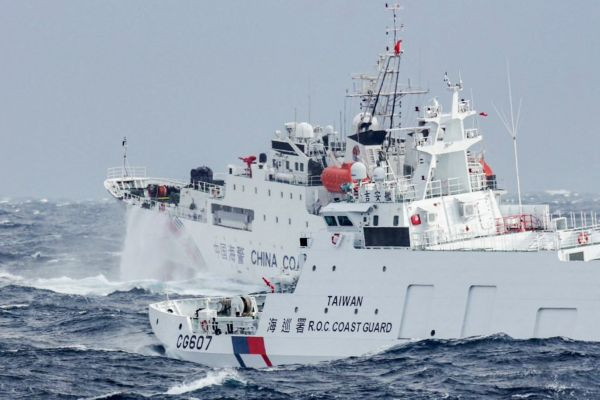Popular Reads
Top Results
Can't find what you're looking for?
View all search resultsPopular Reads
Top Results
Can't find what you're looking for?
View all search resultsASEAN needs a longer-term approach to the Myanmar crisis
ASEAN must continue to create the space to learn from the various Myanmar stakeholders and seek the support of the major frontline states, namely China and India, in its efforts.
Change text size
Gift Premium Articles
to Anyone
A
bout three years ago, ASEAN leaders gathered in Jakarta for an emergency summit on Myanmar at which the Five-Point Consensus (5PC) – entailing the cessation of violence in the country, constructive dialogue among parties to the conflict, the appointment of a special Myanmar envoy and the provision of humanitarian assistance – was agreed upon with the State Administration Council’s (SAC) senior general Min Aung Hlaing.
The 5PC has since seen very limited progress. Airstrikes by the Myanmar military and fighting among various armed actors continue, leading to the displacement of more than 2.5 million people since the 2021 coup. Inclusive platforms for political dialogue have not materialized.
While Indonesia created a new precedent of meeting with various stakeholders across Myanmar, the ASEAN chair’s one-year tenure remains too short for significant breakthroughs. Hitherto, observers have described ASEAN’s 5PC as “failed”, “toothless”, “not appropriate”, and a “dead pact” and have said ASEAN centrality is “in tatters”.
Nonetheless, there are three useful features of the 5PC. It is deliberately capacious: its points (except naming the AHA Center) remain broad with room for interpretation. It is not a peace plan and was crafted to avoid binding the actions of any successive chair.
Second, the 5PC is what ASEAN member states believe gives ASEAN the standing to be involved in the Myanmar crisis. Many may disagree that any agreement from Min Aung Hlaing is required for ASEAN engagement, but it is nonetheless significant to ASEAN, committed to its principle of non-intervention. Without the 5PC, there would be no basis for ASEAN involvement. Third, the 5PC is a measure aimed at preventing major power rivalries around the Myanmar crisis by establishing a test case for ASEAN centrality. Consequently, the 5PC carries high stakes for ASEAN’s credibility in responding to the crisis through regional initiatives.
Making progress on the 5PC is crucial. Successive ASEAN chairs face at least three main challenges.
The first is discerning a medium-term strategy for ASEAN’s engagement with Myanmar. The 5PC was designed to address the immediate aftermath of post-coup violence. But the desired “cessation of hostilities” will never come without a minimum acceptable medium-term strategy, accommodating the Myanmar people’s visions for the future. Here, half measures aimed solely at cease-fires will make no progress.

